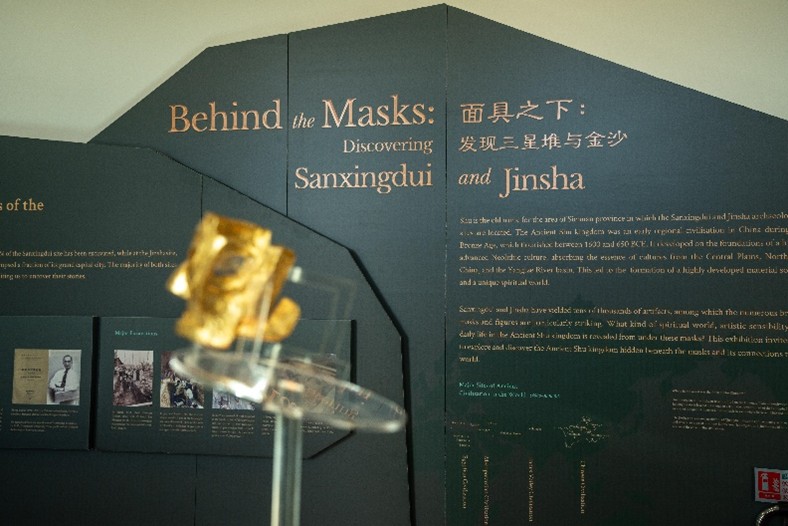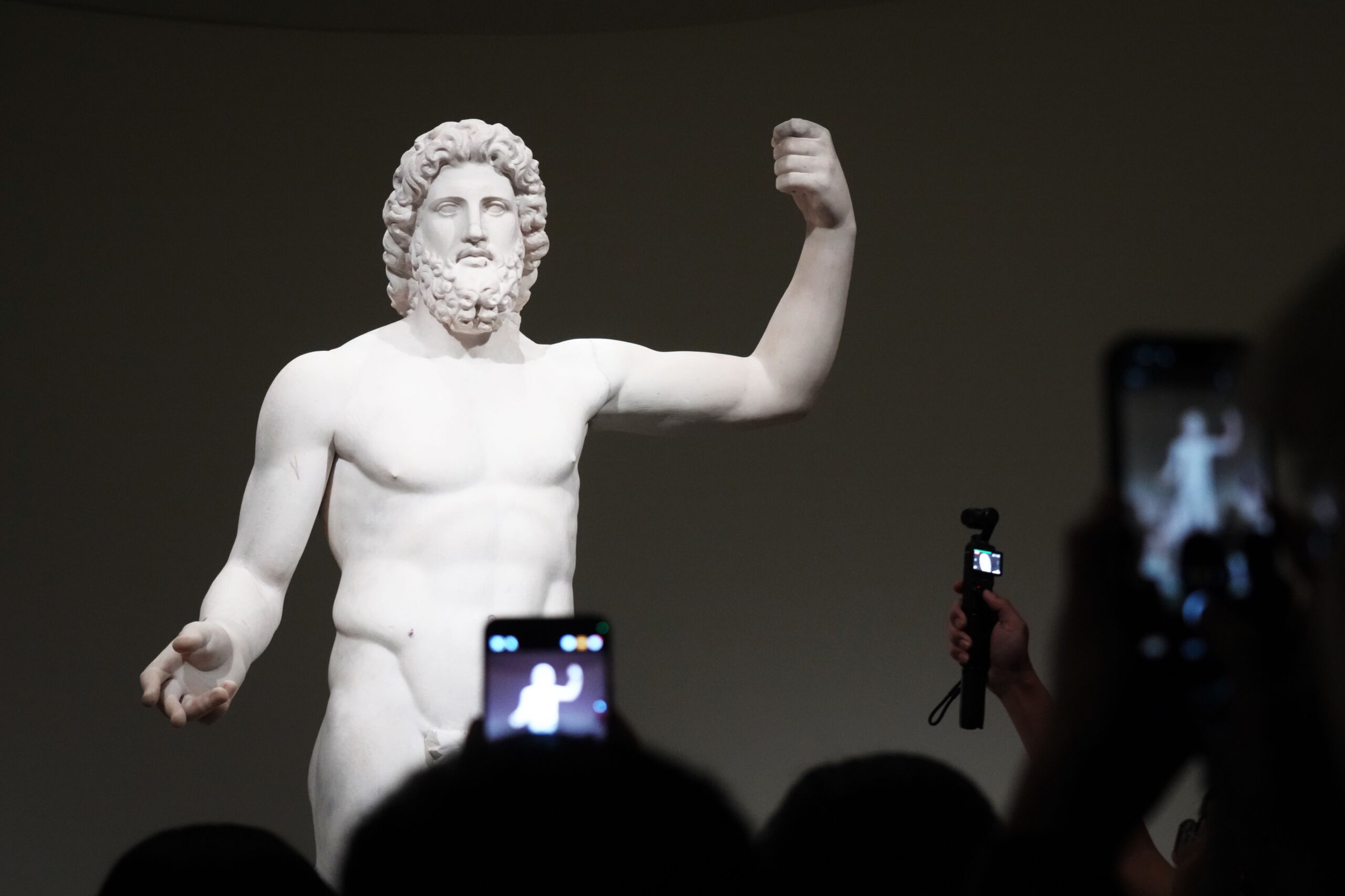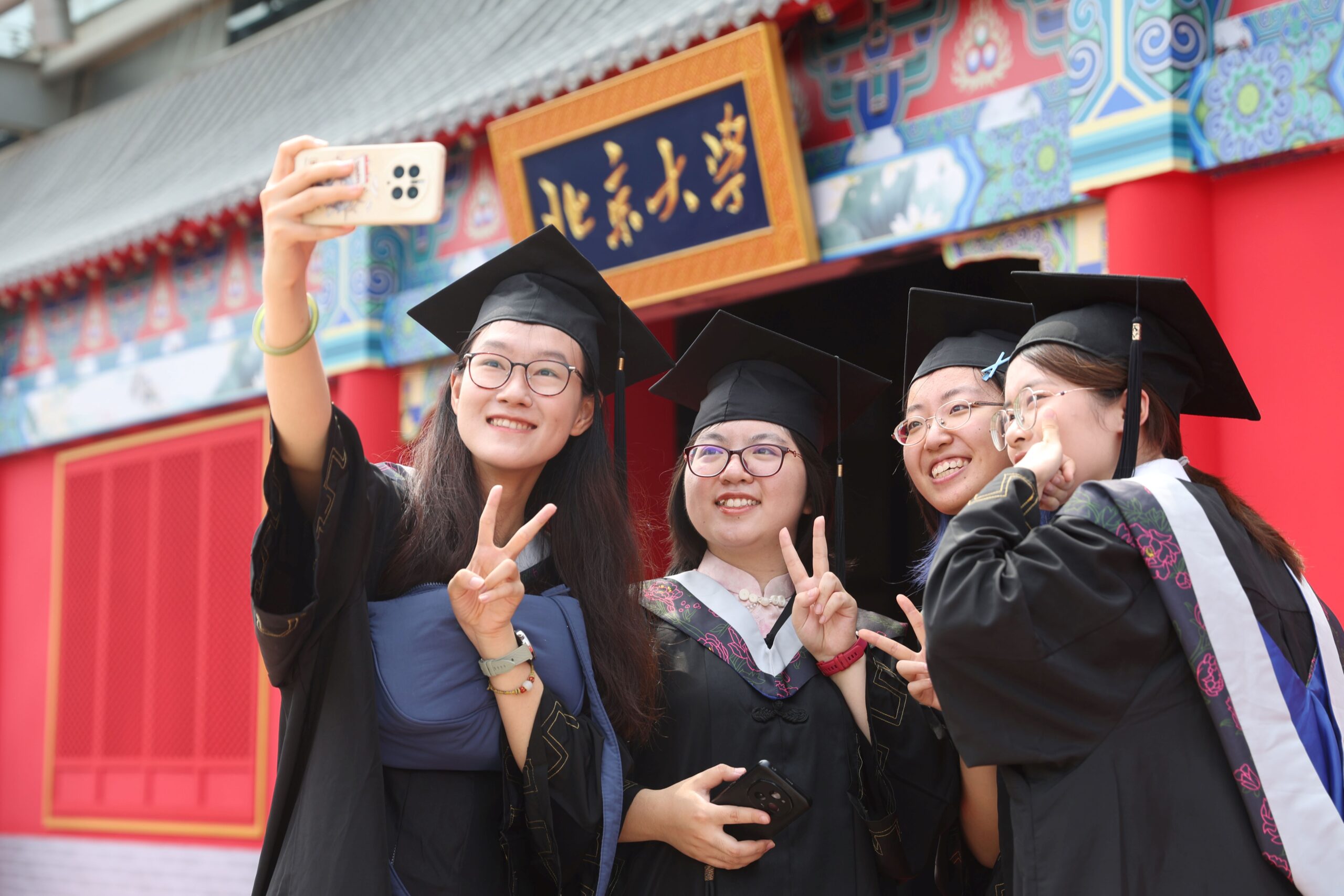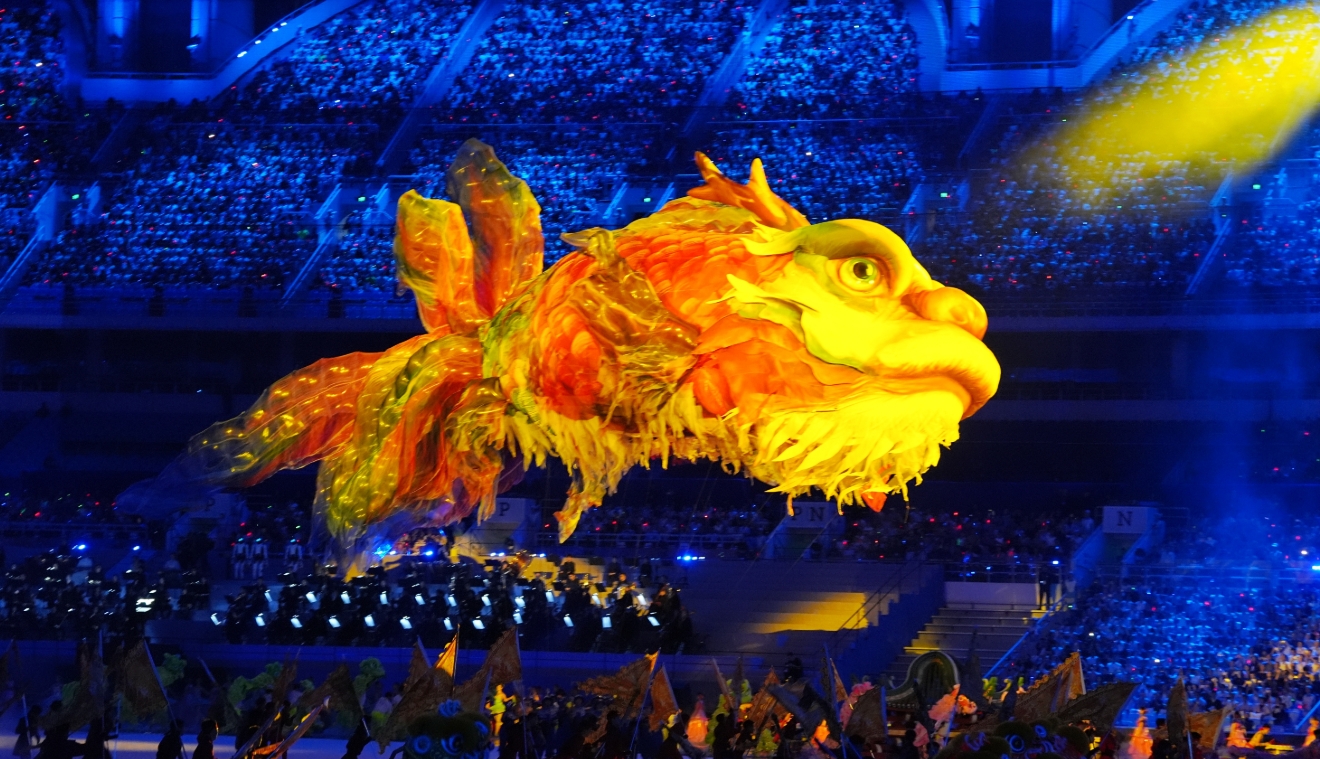Black Myth: Wukong gives global players an interactive adventure in Chinese culture and The Journey to the West.
Breaking multiple all-time player records since its debut on Tuesday, Black Myth: Wukong is not just a popular game, but has become an interactive introduction to the Journey to the West story and Chinese culture.
On its release day, Black Myth: Wukong racked up more than 2.2 million concurrent players on Steam. This made it the most played single player game of all time. It easily overtook Cyberpunk 2077, Elden Ring, and Baldurs Gate 3. It came in second behind PlayerUnkown’s Battlegrounds (PUBG) on the all time most played games.
The game is an action role-playing game set against the backdrop of Chinese mythology. Inspired by the Chinese classic novel Journey to the West, Black Myth: Wukong offers players a dreamlike mythical world through its stunningly realistic visuals.
Developed by a private Chinese company Game Science, it has allowed players to appreciate exotic Chinese traditional culture.
Wukong, or Monkey King, is an iconic figure from Journey to the West. A Chinese classic novel dating back about 500 years. The tale is about the adventures of a monk and his three disciples, centering on the Monkey King himself Sun Wukong. The book was remade as a TV show in 1986. An integral part of many people’s childhood in China, just a few bars of the TV’s famous theme song bring back happy childhood memories. Even today, stills from the show feature as popular memes and reaction stickers.
From the portrayal of Sun Wukong and scene design to the use of pinyin in translations, the game remains deeply rooted in Chinese mythology.
The game displays Wukong’s 72 transformations, a core part of his supernatural abilities in the novel, into his combat mechanics. Additionally, Chinese legends have been blended with AAA game design. Various mythical creatures like small demons, demon kings, and bodhisattvas bear a visual style influenced by Chinese aesthetics.
Moreover, iconic names like “Wukong” and “Jin Gu Bang” were retained in Chinese pinyin. It maintains the integrity of the original terms while introducing the sound and feel of the Chinese language.
China’s natural beauty and historical sites feature as impressive backdrops throughout the game.
Developers from Game Science visited numerous ancient sites to scan and use int he game. Locations include Lingyin Temple in Hangzhou, Zhejiang Province, the Jade Emperor Temple in Shanxi Province, and the Dazu Rock Carvings in Chongqing Municipality.
According to Art Director Yang Qi, 3D modeling brought the Dazu Rock Carvings to life with remarkable precision, reaching an astounding 1.2 billion facets.
“Traditional culture is right there, and you’ll like it when you see it,” said Yang Qi. “What we can do is to give people a closer look through the game.”
The presentation of Chinese culture and mythology has proven a hit, with many players eager to learn more. On Reddit’s online game community gamers are exploring the mythology Black Myth: Wukong is based on.
Posters have been asking the fundamental question, “Which version of Journey to the West should I read?”. While a post “Summary of the Journey to the West” has proven especially popular.
One American Reddit user posted: “I have been waiting so long to have more Chinese influence in the Western game sphere. Chinese culture and mythology are rich. I hope we can get more stuff like this. Would love to go to China someday.”
Written by Gu Yetao, additional reporting by Xinhua and Ecns.cn.
If you liked this article, why not read: New Chinese-Developed AAA Game ‘Black Myth: Wukong’ a Global Hit











